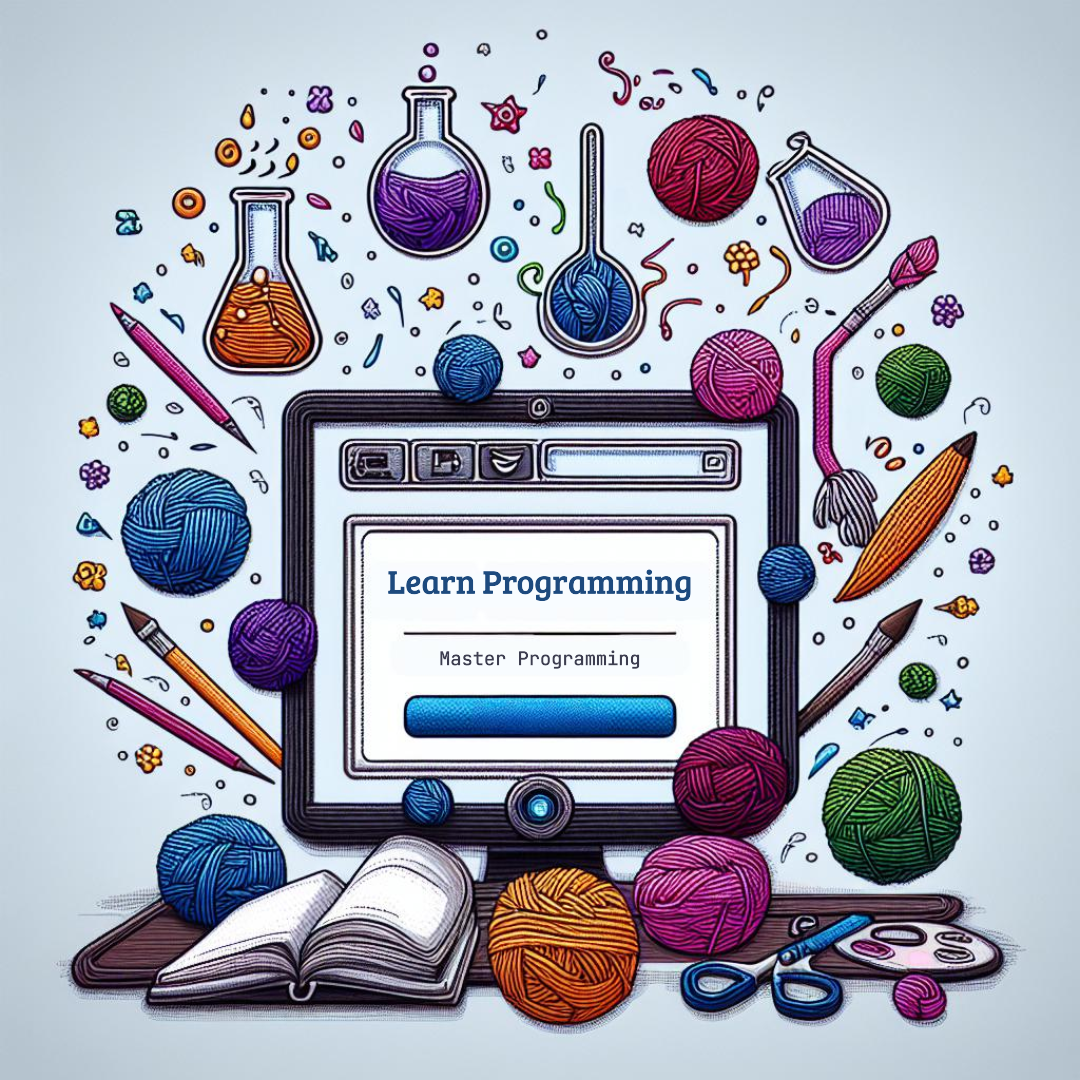Introduction
Python offers multiple ways to achieve the same task, but some methods are more efficient than others. Two common constructs in Python used for generating lists are List Comprehensions and For Loops. While they often produce identical results, their performance can differ significantly.
Objective
The goal of this comparison is to:
- Demonstrate how to use list comprehensions and for loops.
- Compare the performance of both methods using the
timemodule. - Help developers make informed decisions when choosing between them.
Python Code: Performance Comparison
import time
# Generate a large list using a for loop
start_time = time.time()
loop_list = []
for i in range(1_000_000):
loop_list.append(i * 2)
loop_duration = time.time() - start_time
print(f"Time using for loop: {loop_duration:.5f} seconds")
# Generate the same list using list comprehension
start_time = time.time()
comprehension_list = [i * 2 for i in range(1_000_000)]
comprehension_duration = time.time() - start_time
print(f"Time using list comprehension: {comprehension_duration:.5f} seconds")
# Compare results
print("List comprehension is faster!" if comprehension_duration < loop_duration else "For loop is faster!")Explanation of the Program Structure
This program compares the time taken to generate a list of 1,000,000 numbers multiplied by 2 using two methods:
- For Loop: An empty list is created and populated using a traditional loop.
- List Comprehension: A one-liner that creates the same list more concisely.
The time.time() function is used to record start and end times for both methods. The duration is calculated and printed to compare their performance.
How to Run the Program
1. Save the code in a Python file (e.g., compare.py).
2. Open a terminal or command prompt.
3. Navigate to the folder containing the file.
4. Run the script using: python compare.py
5. Observe the output to see which method performs better.

